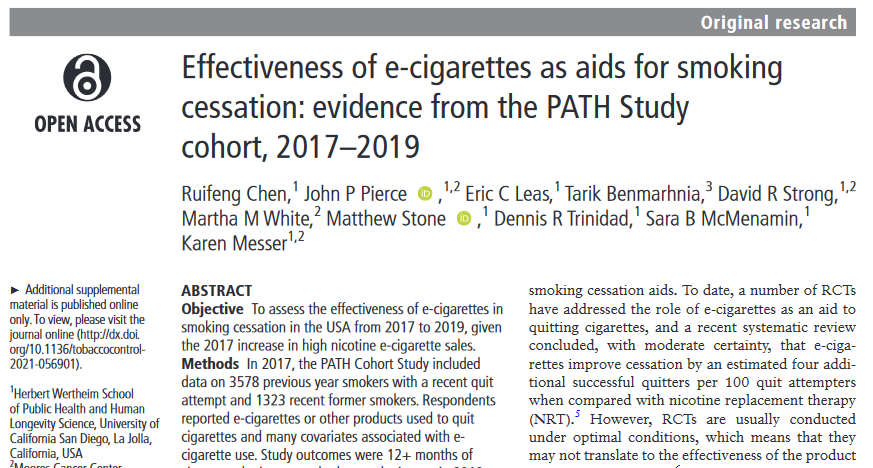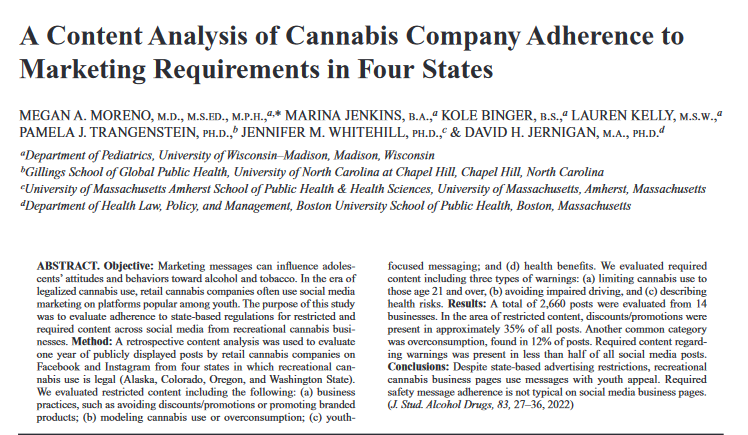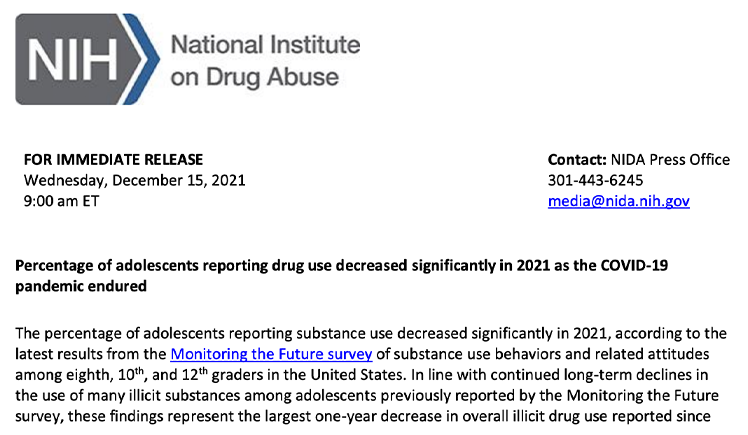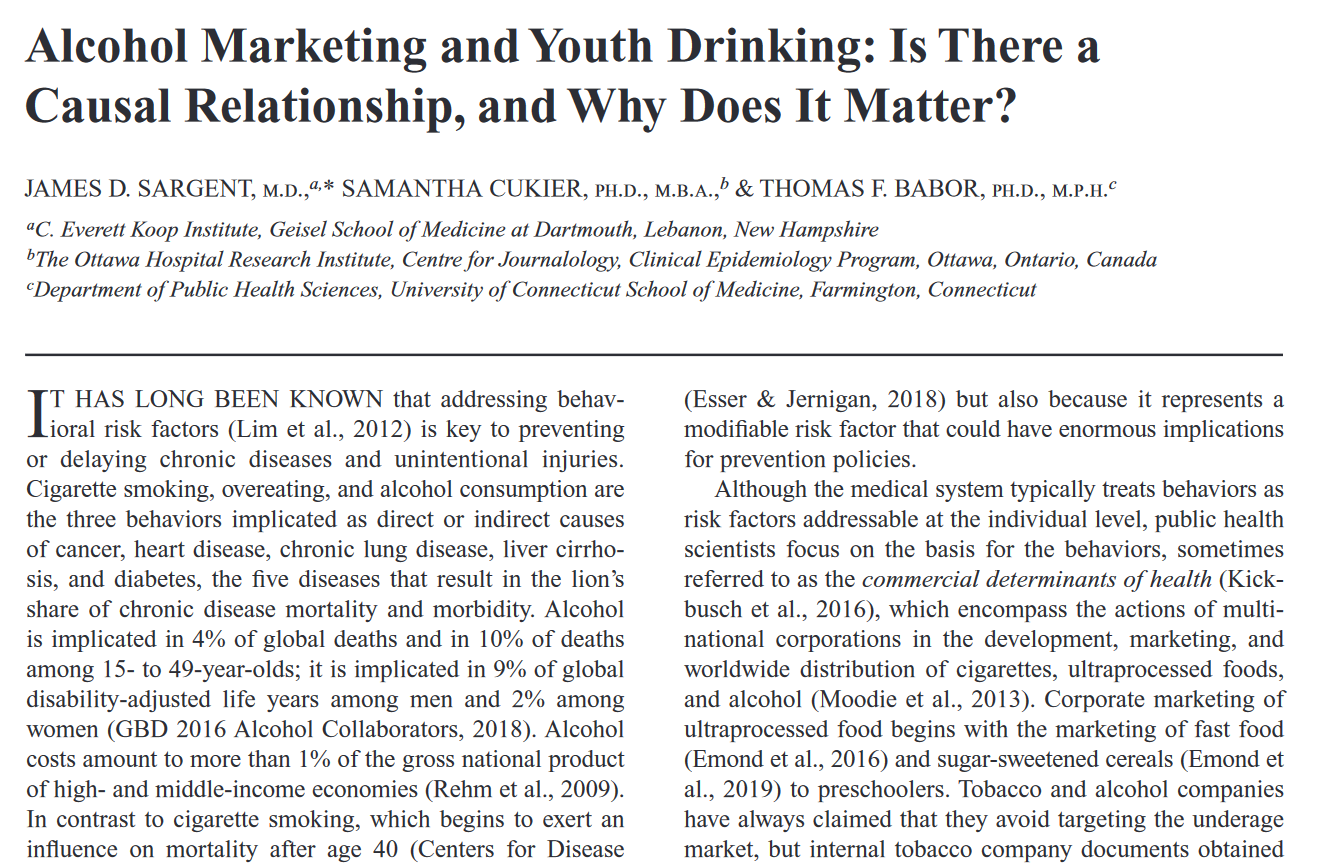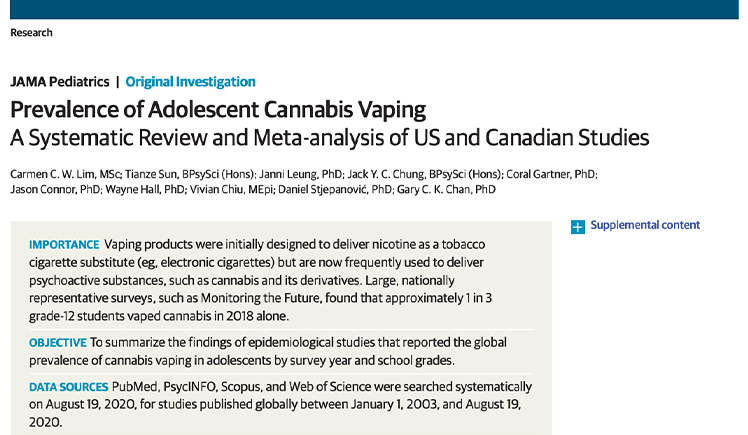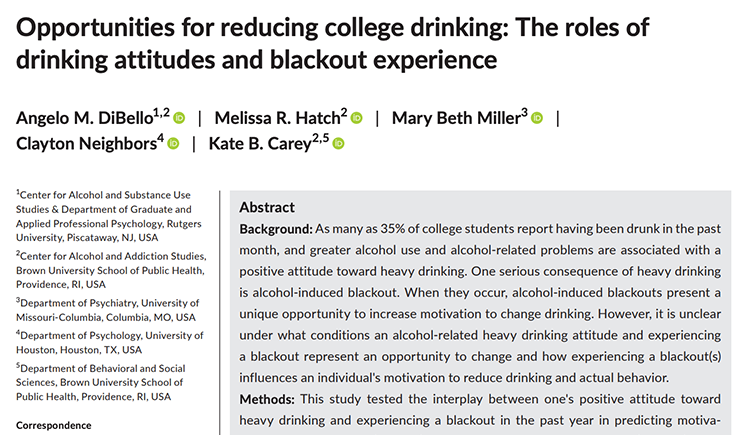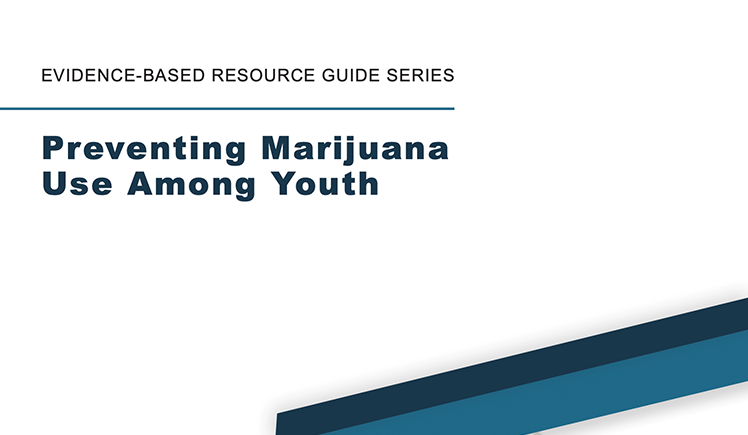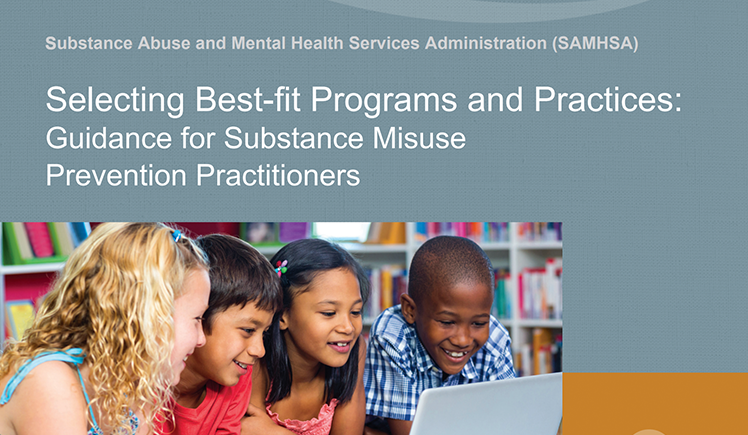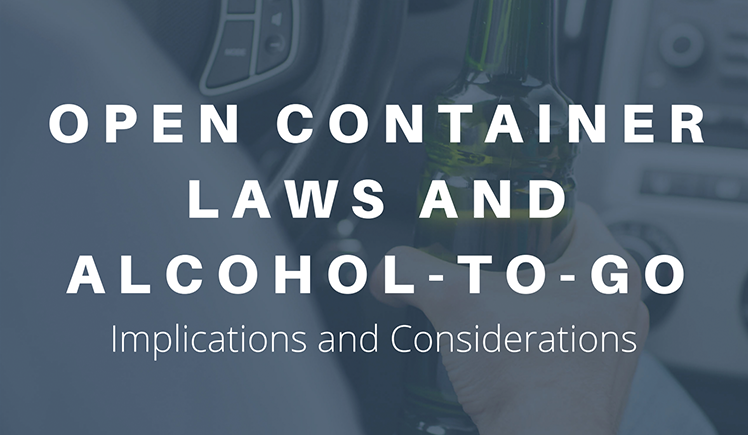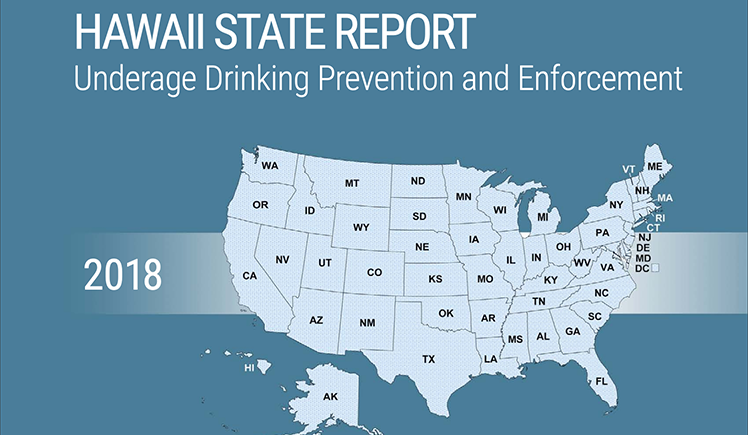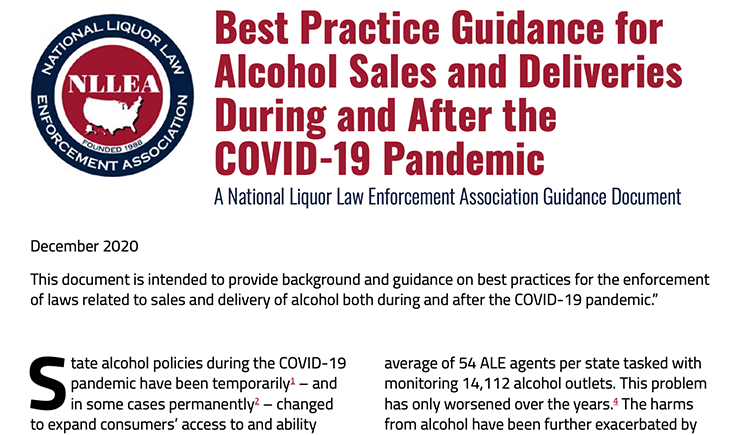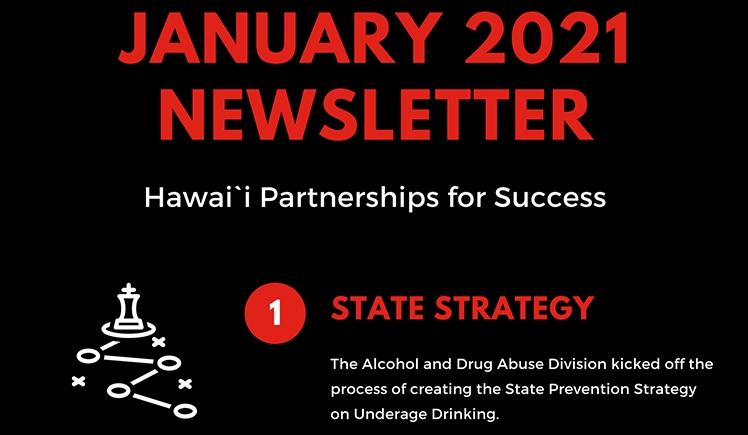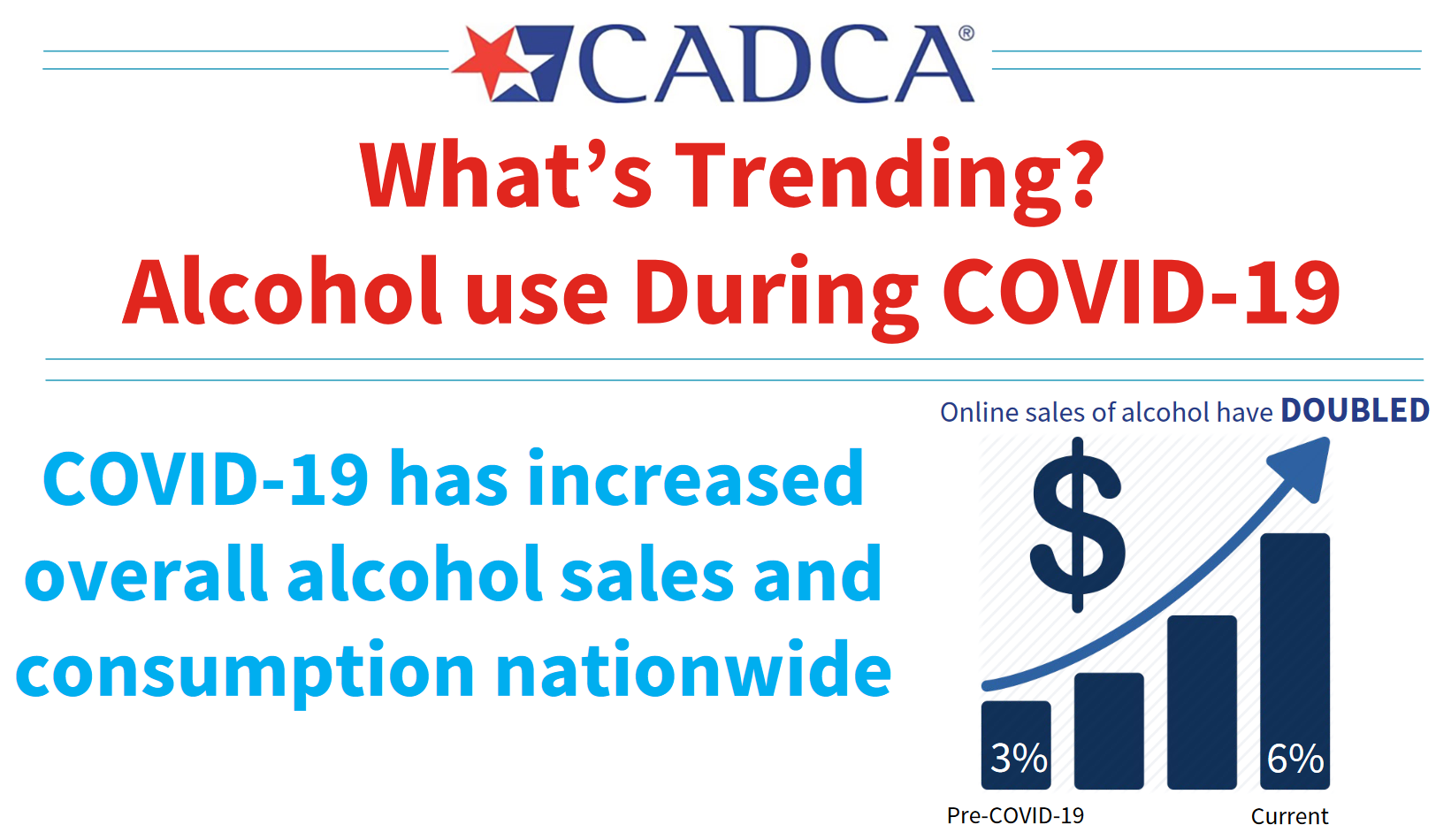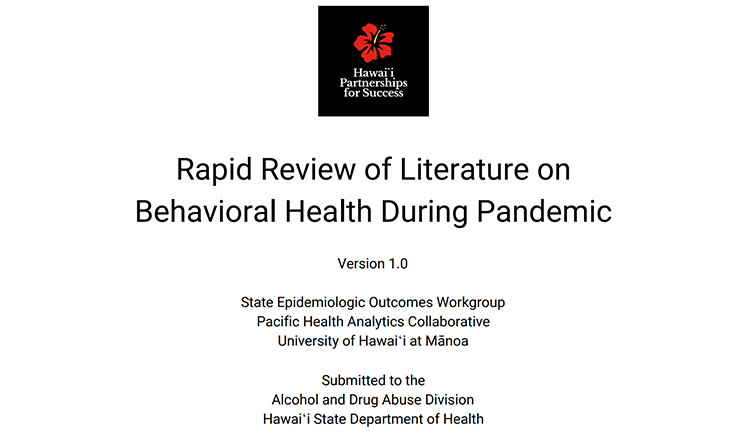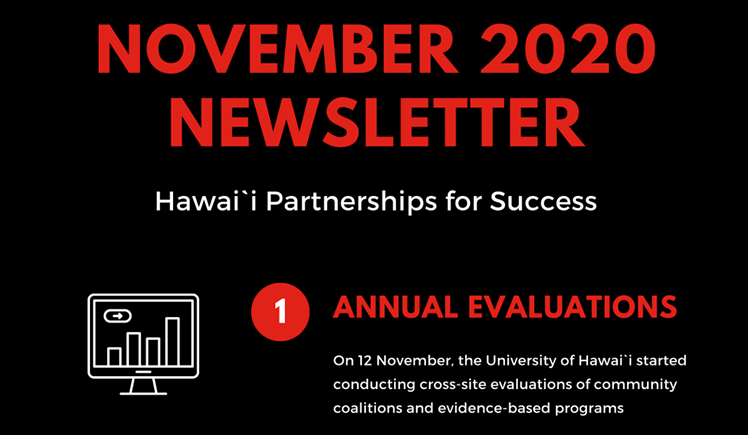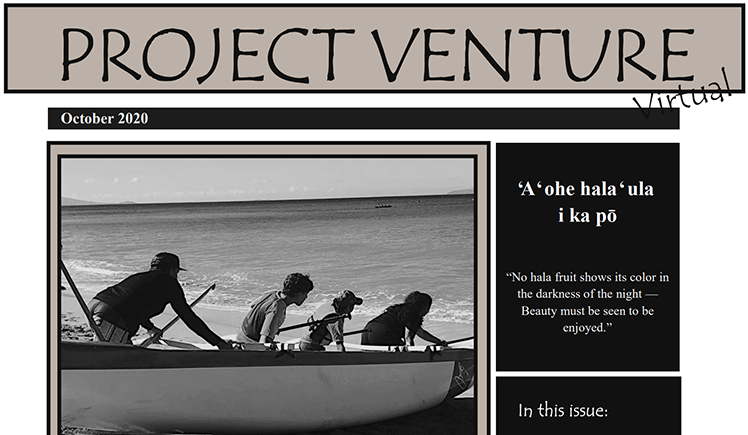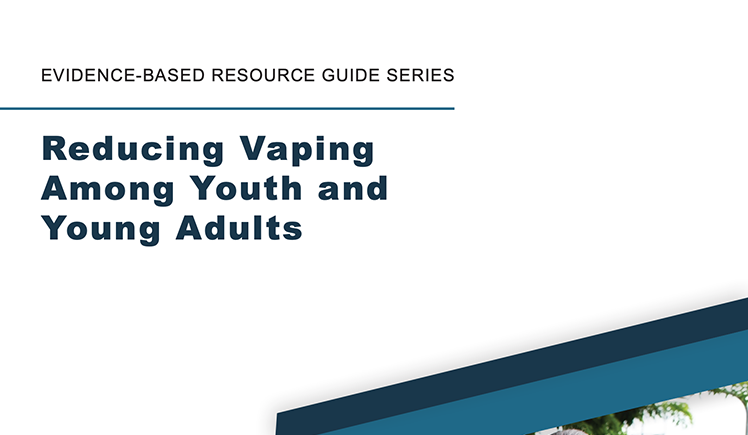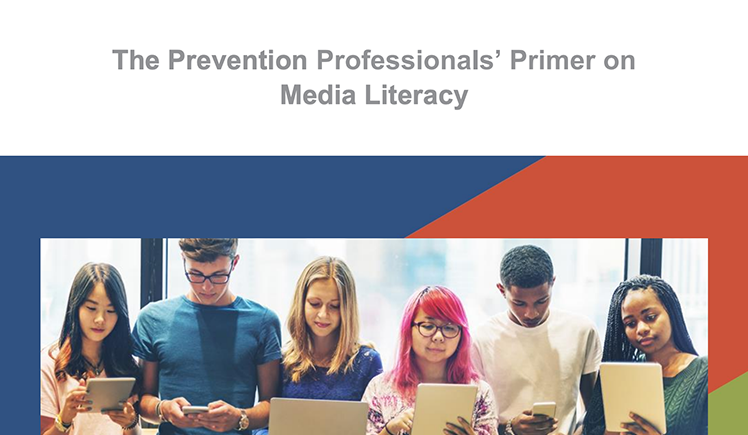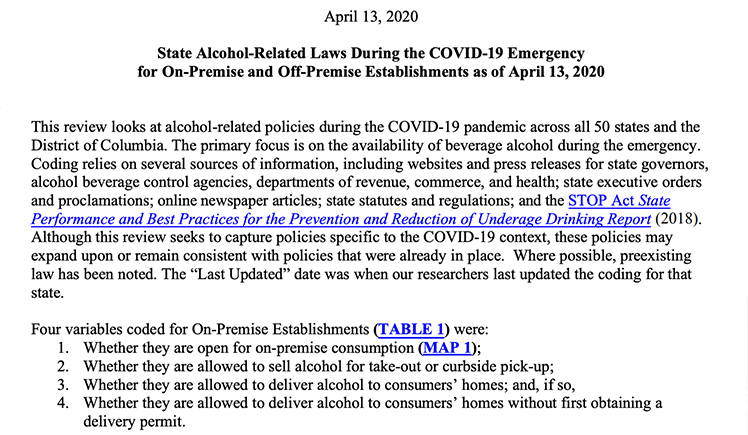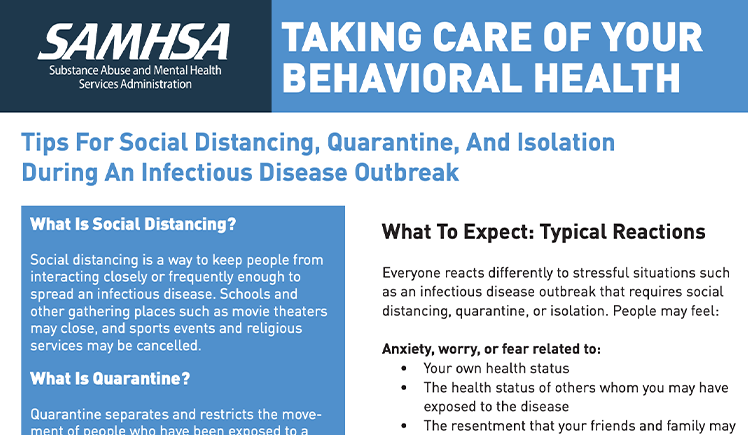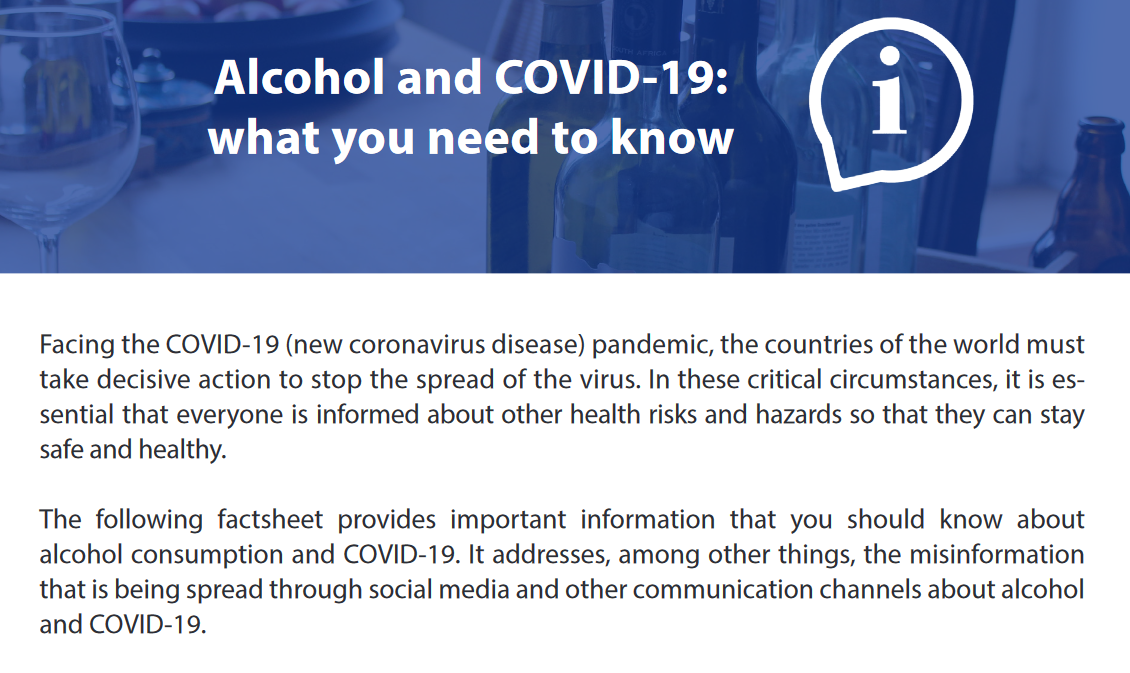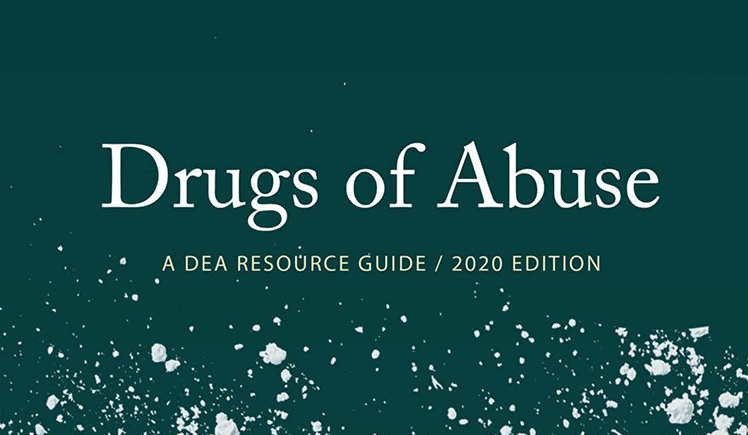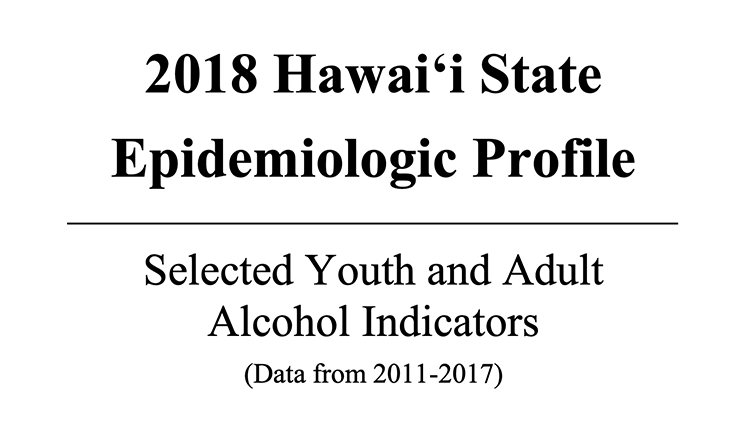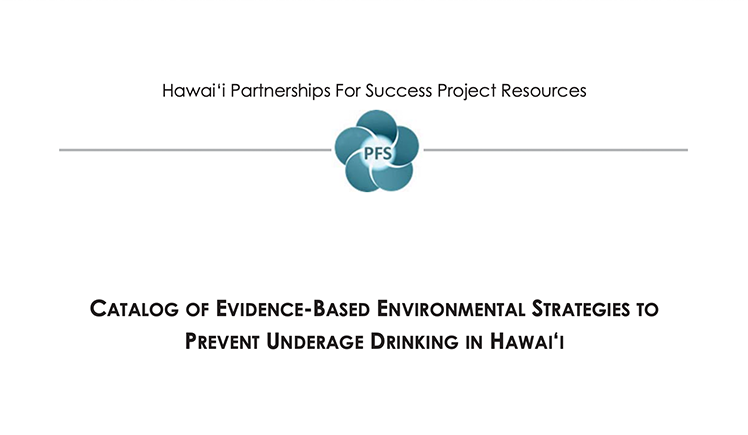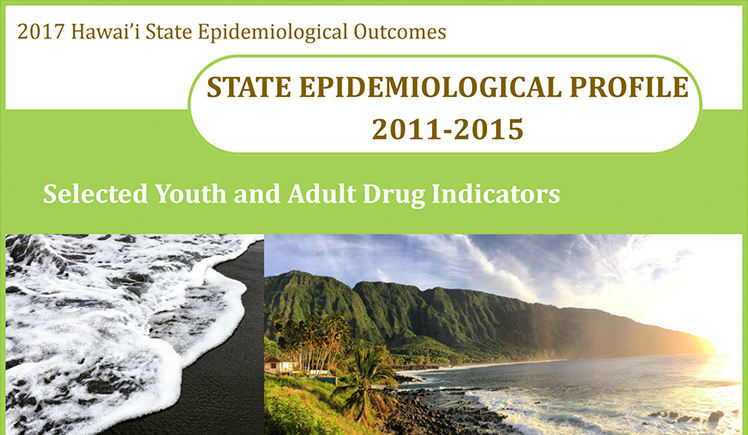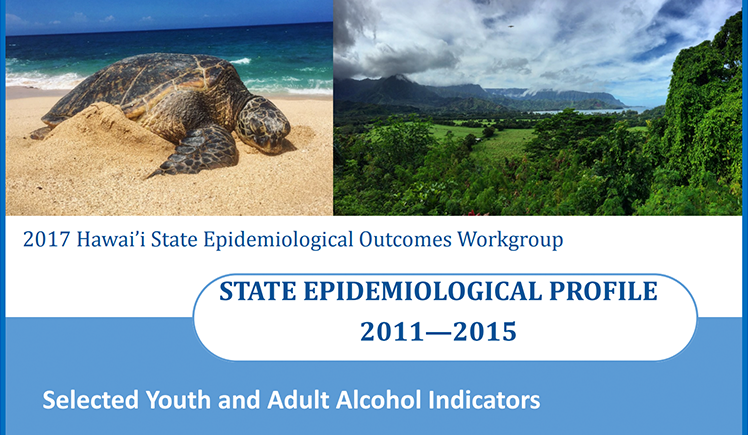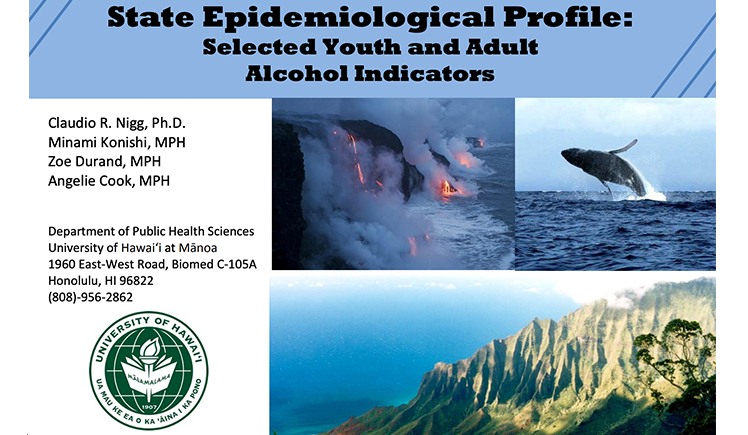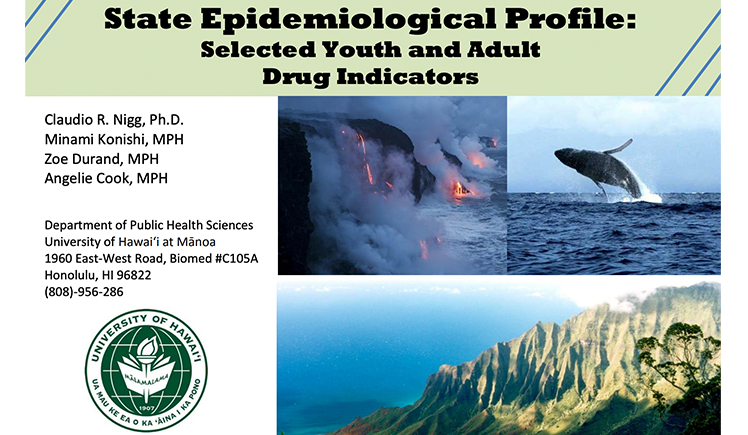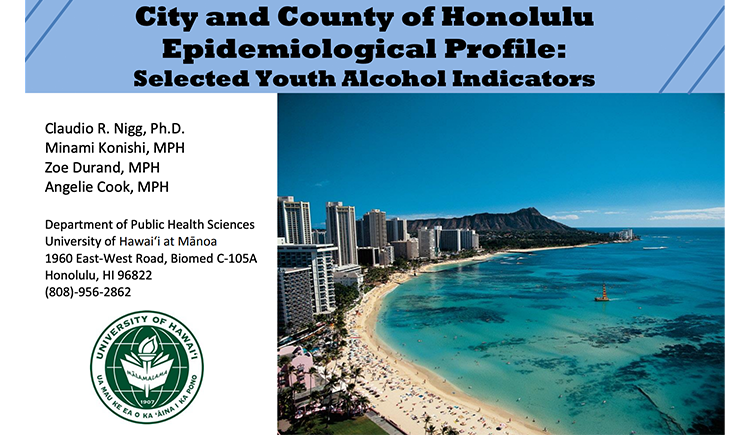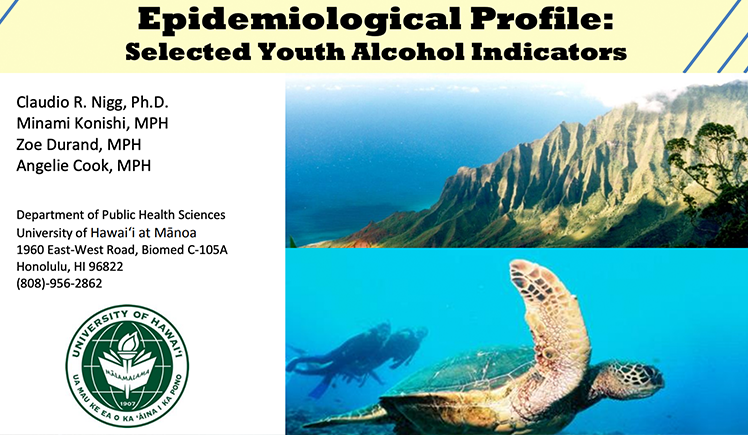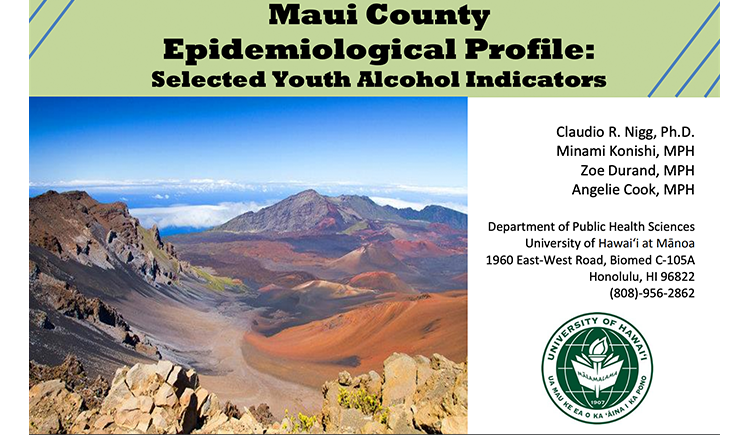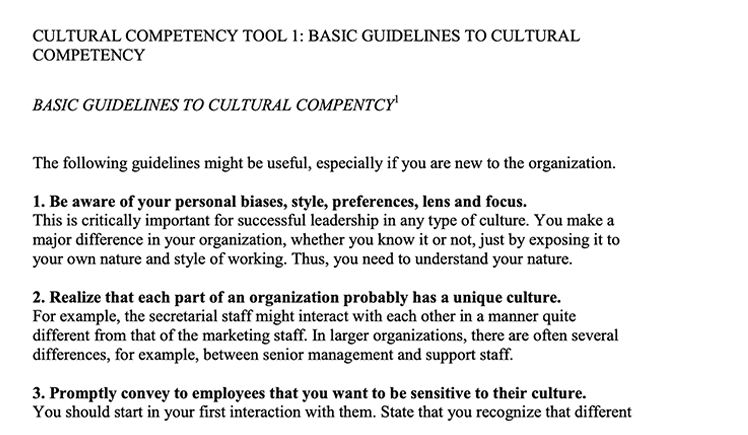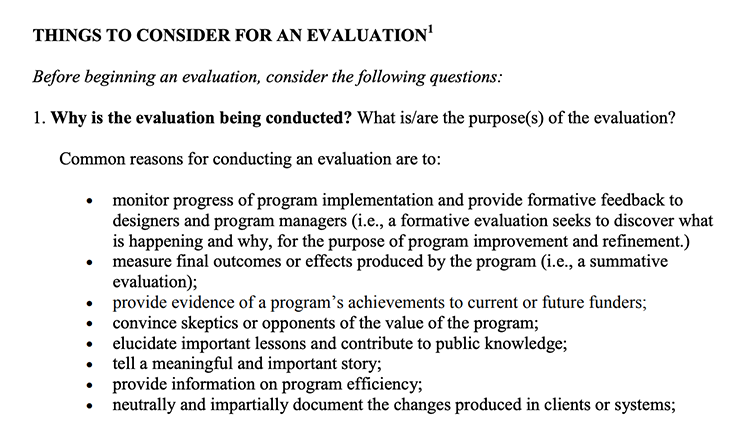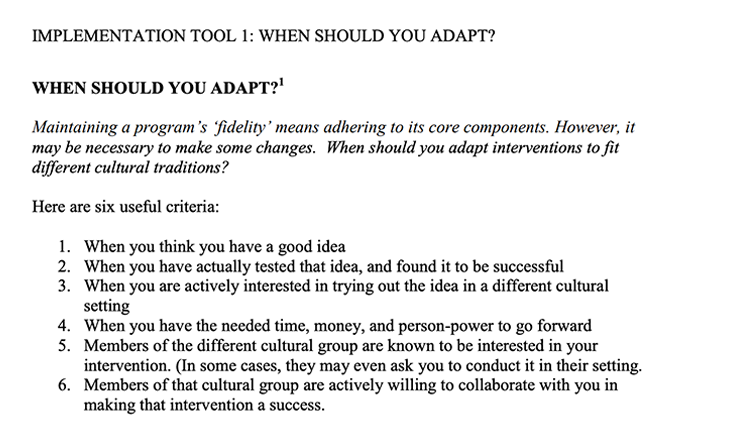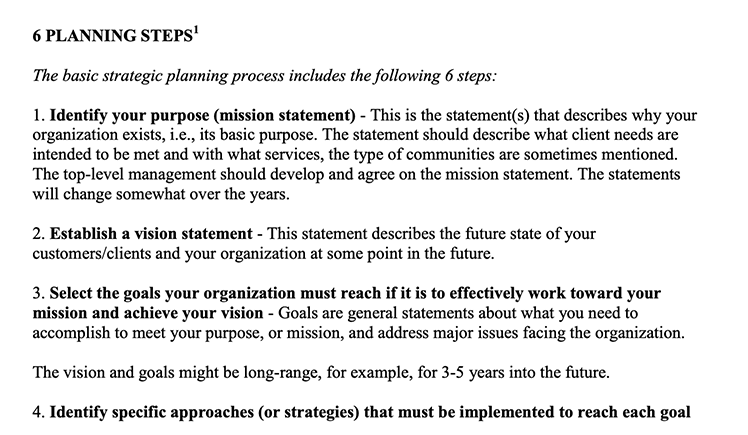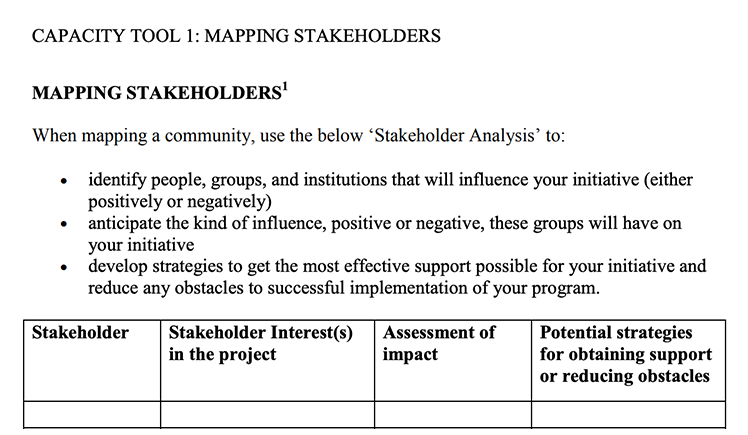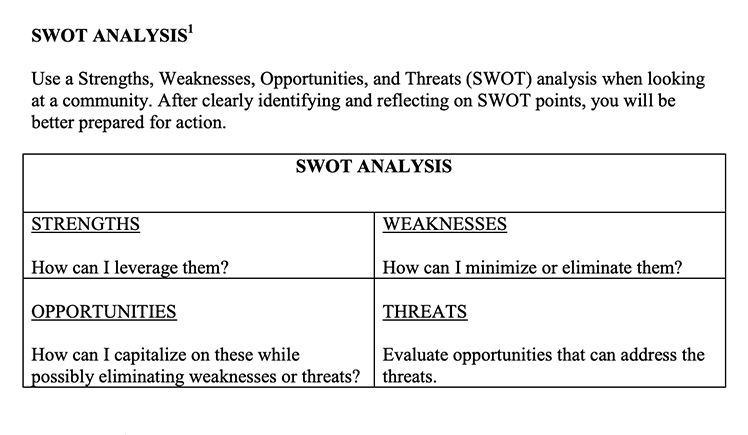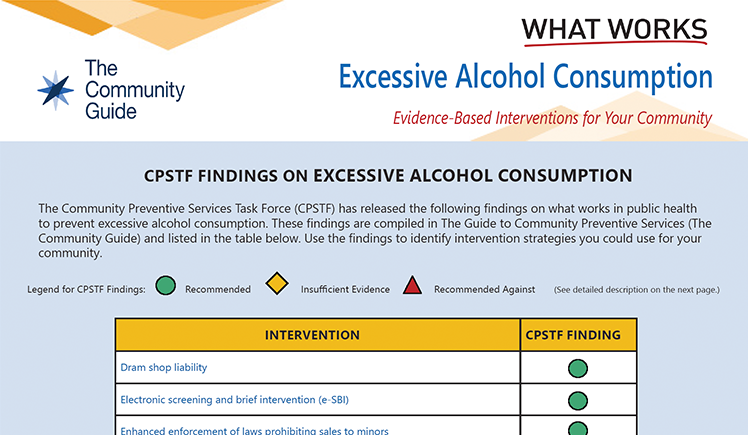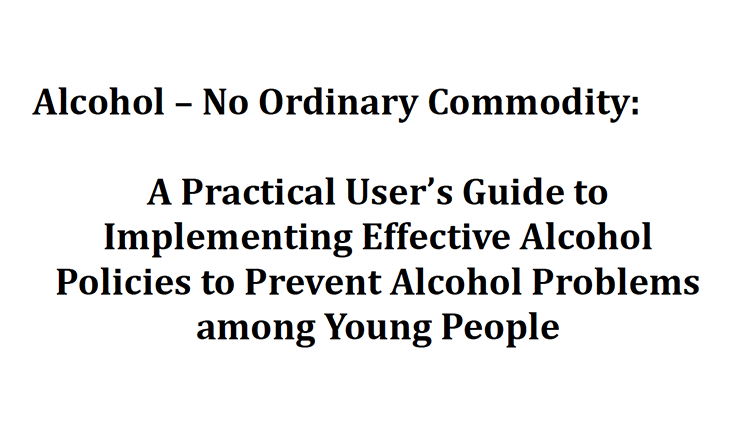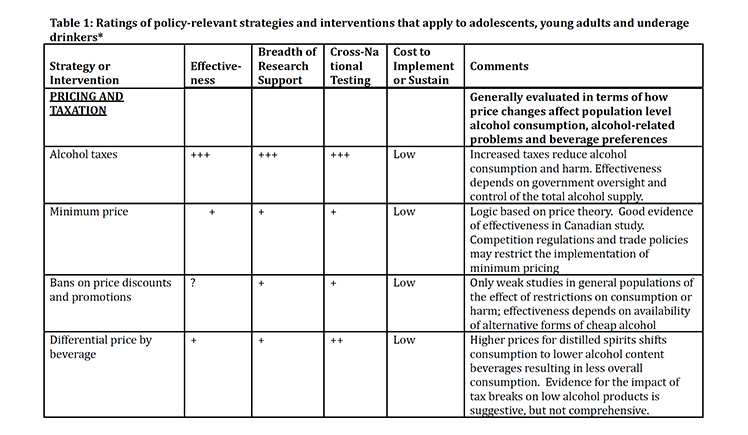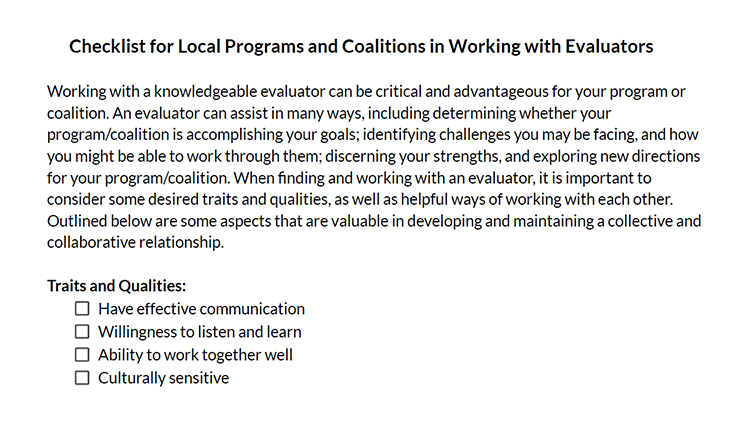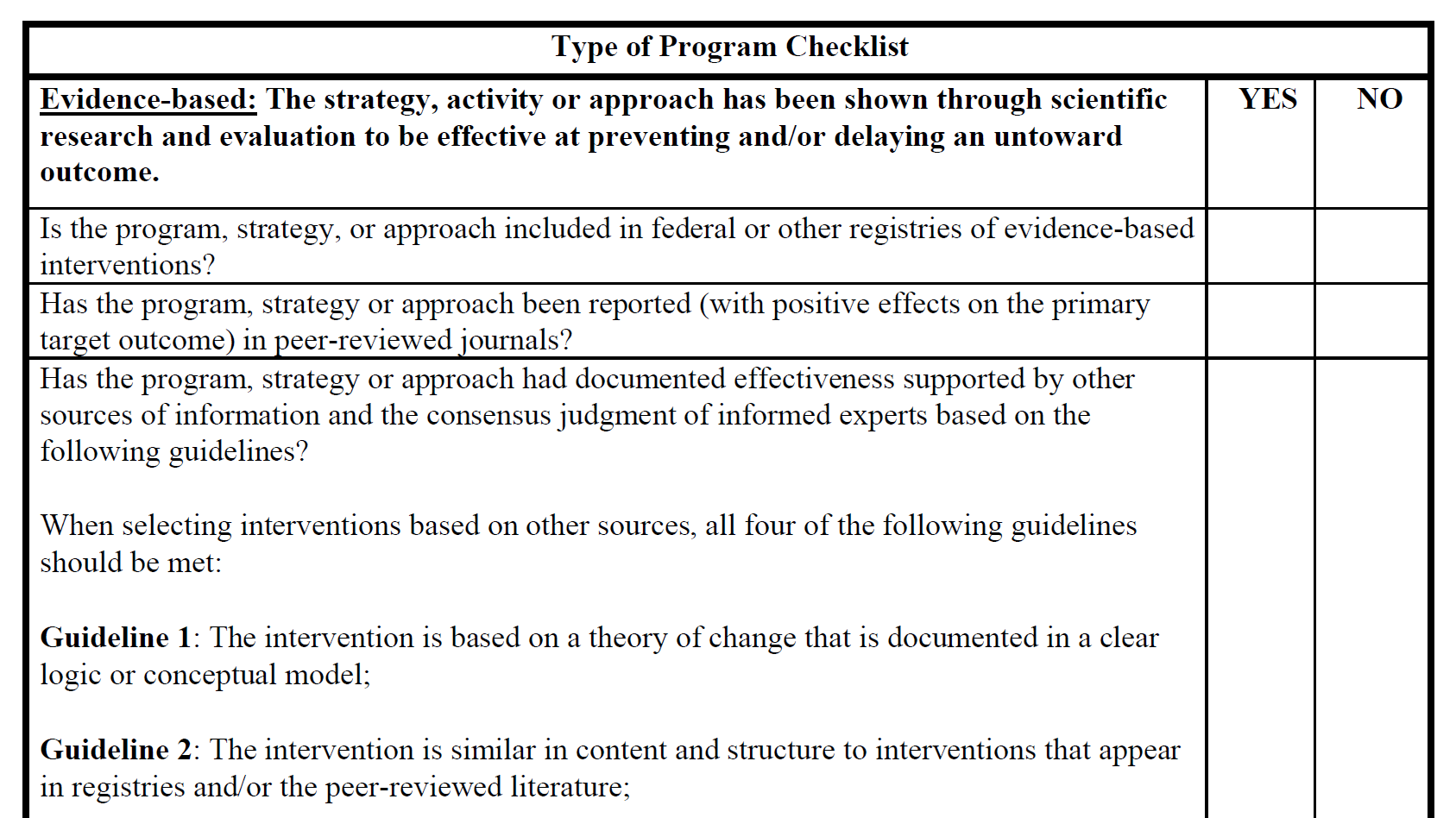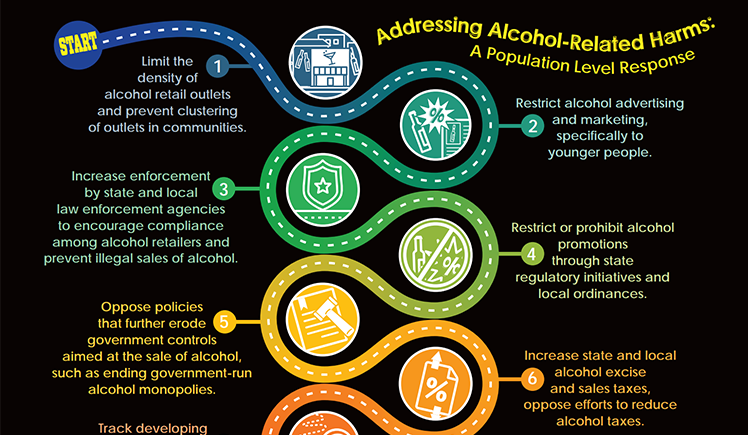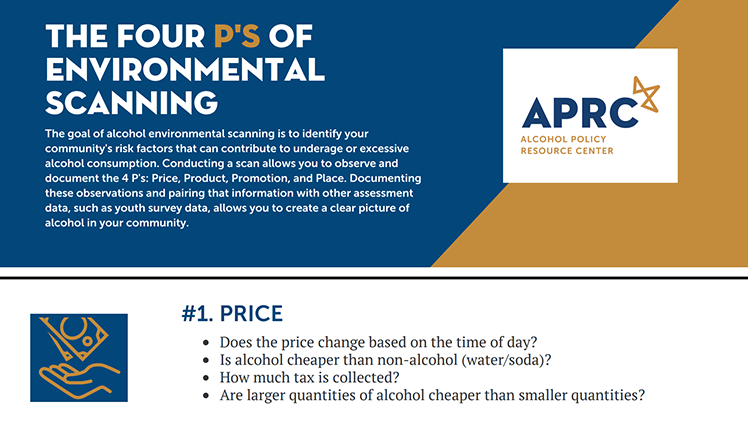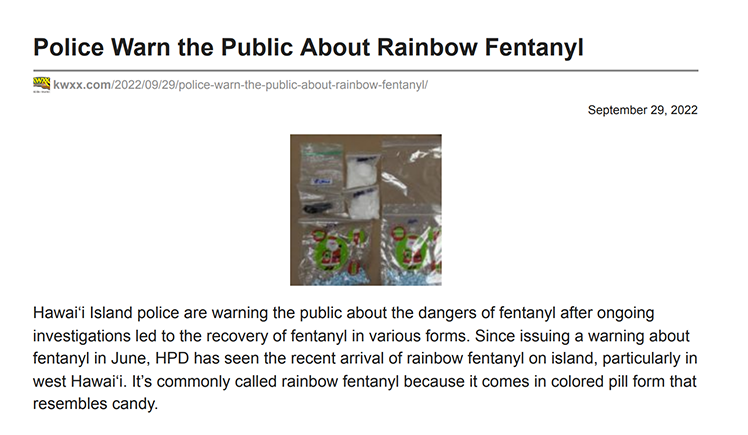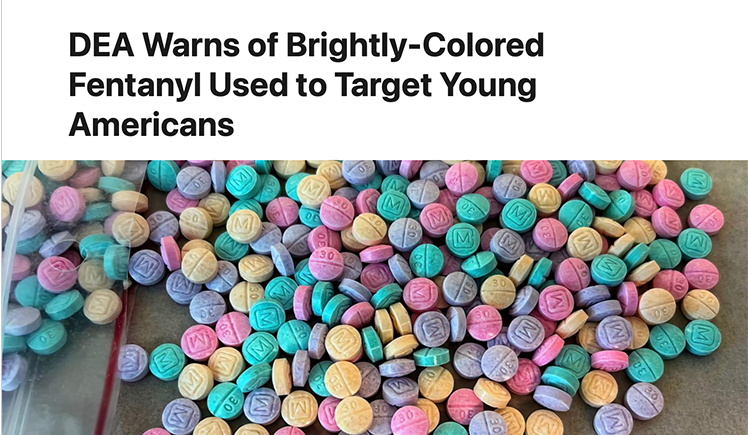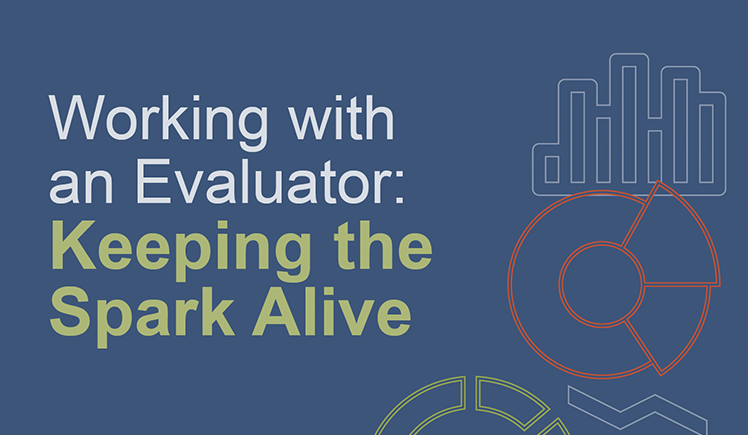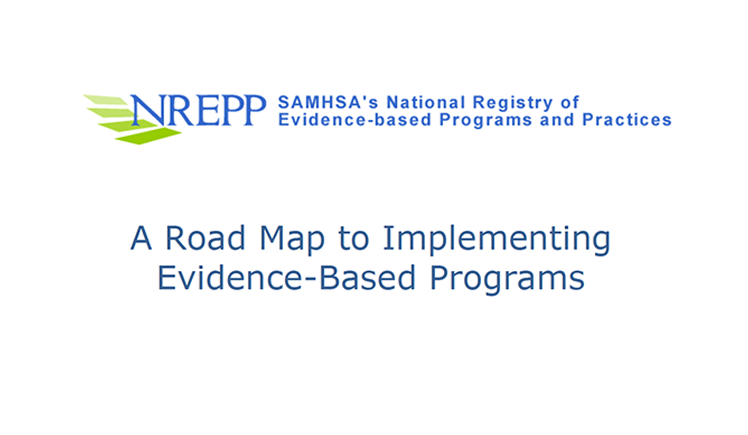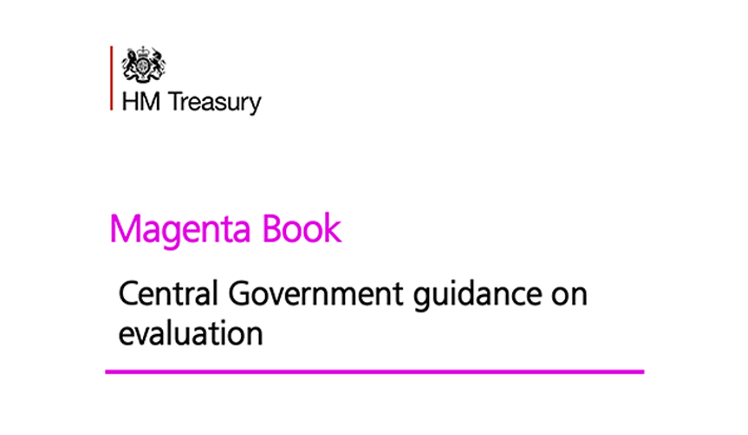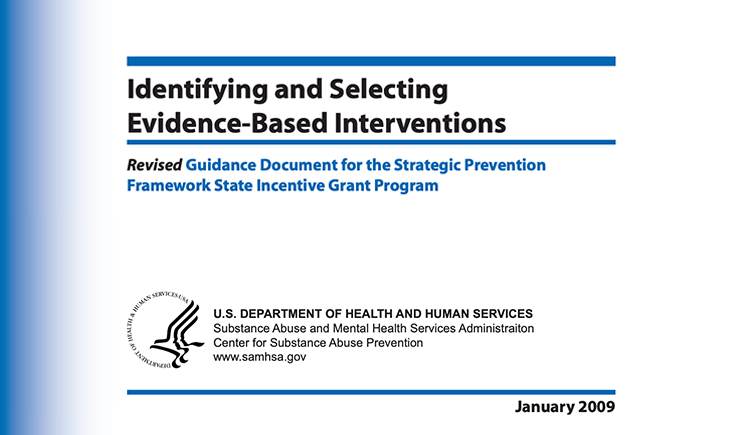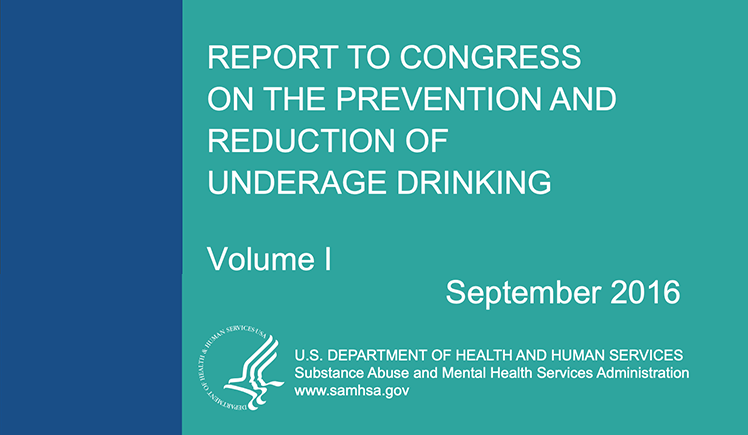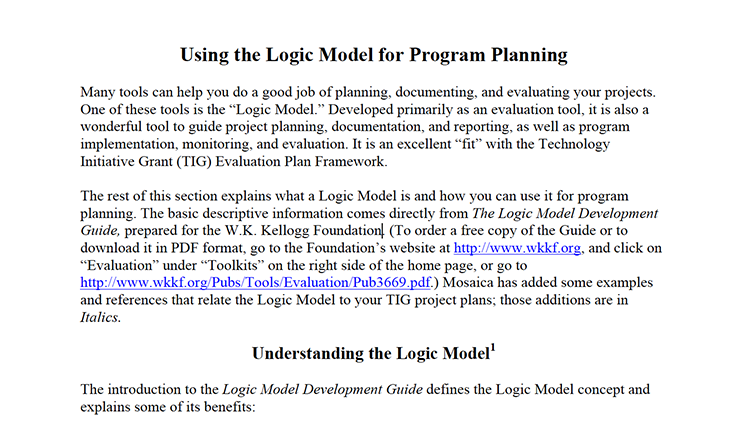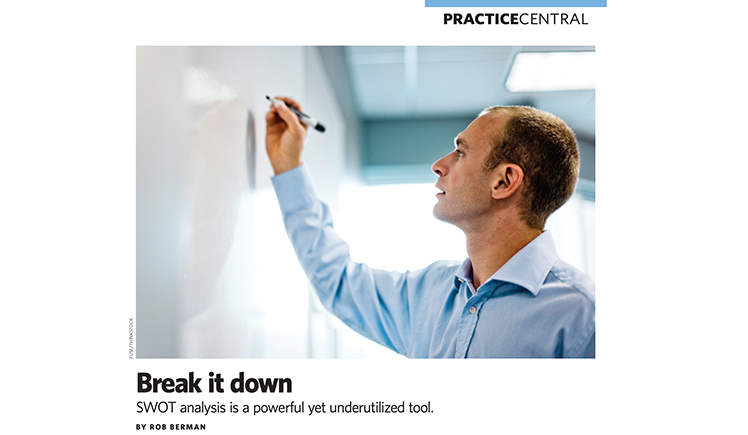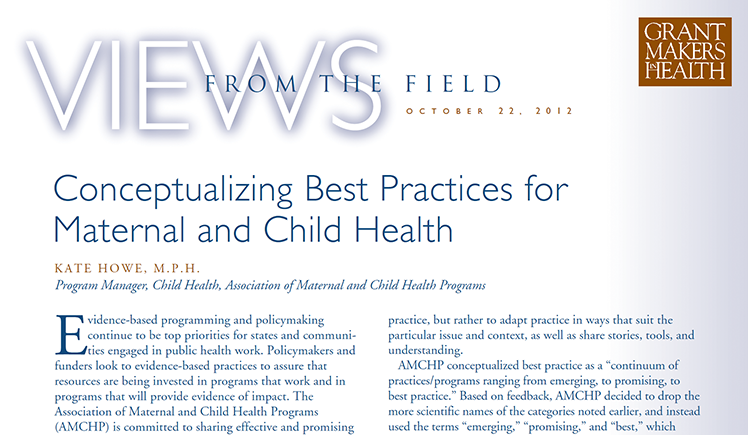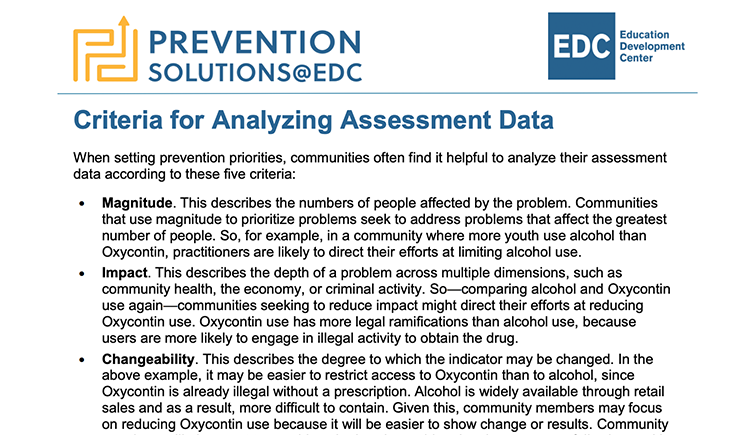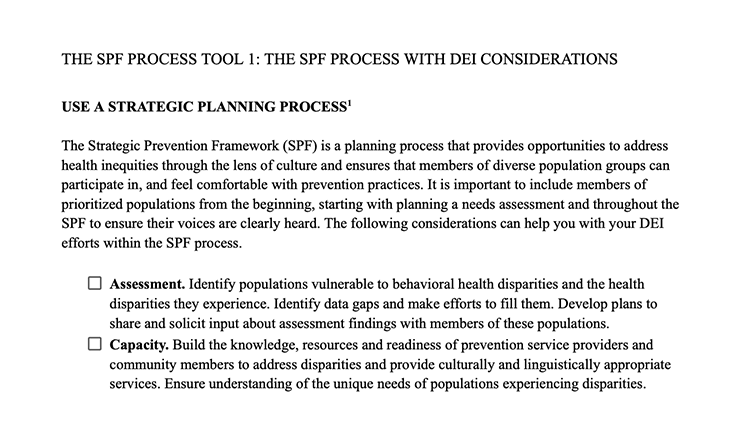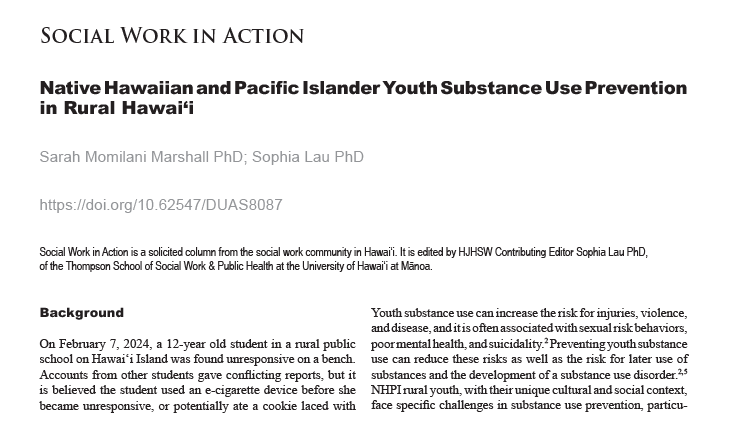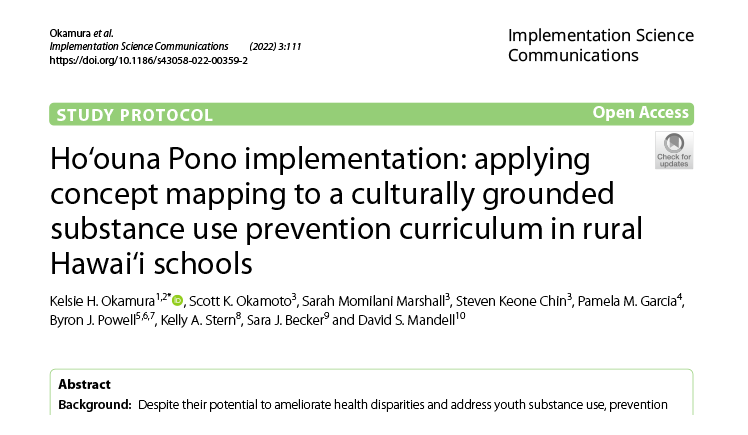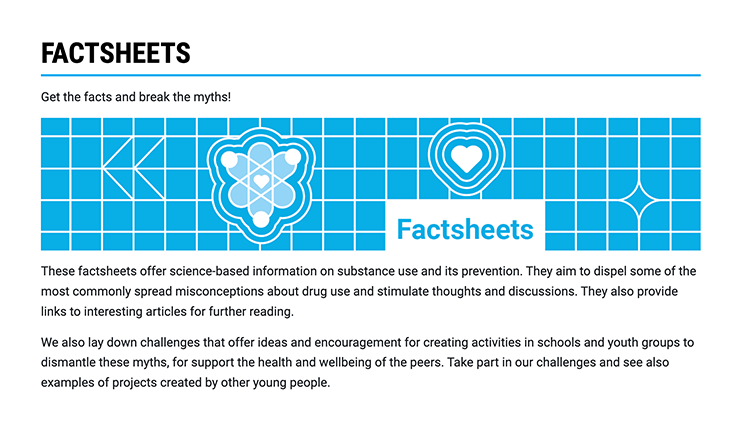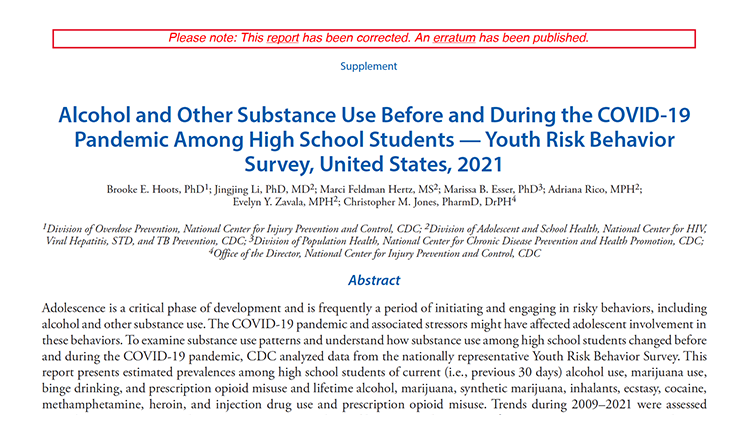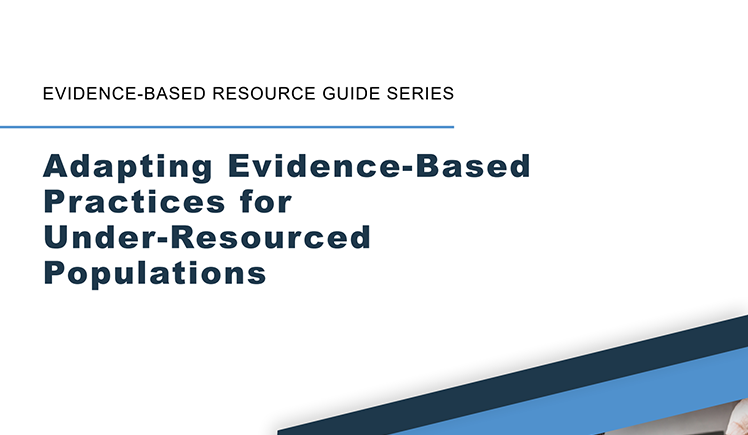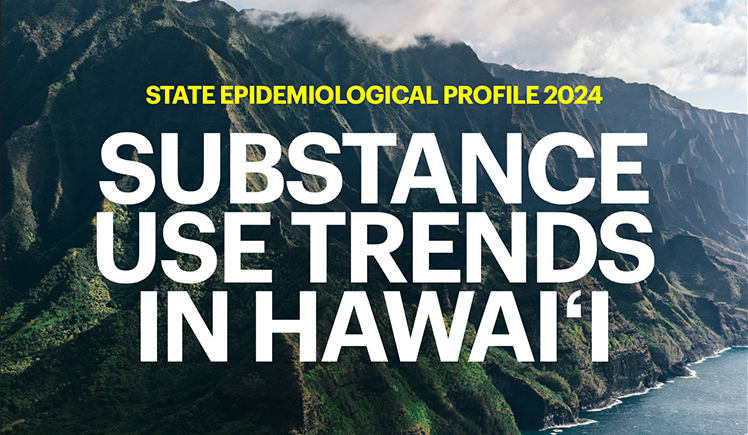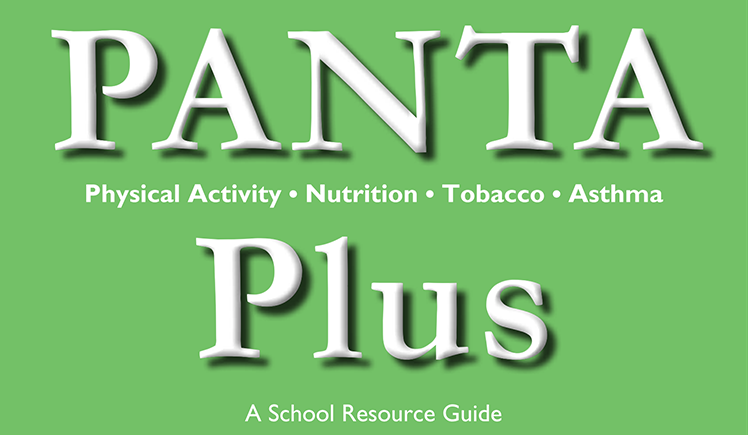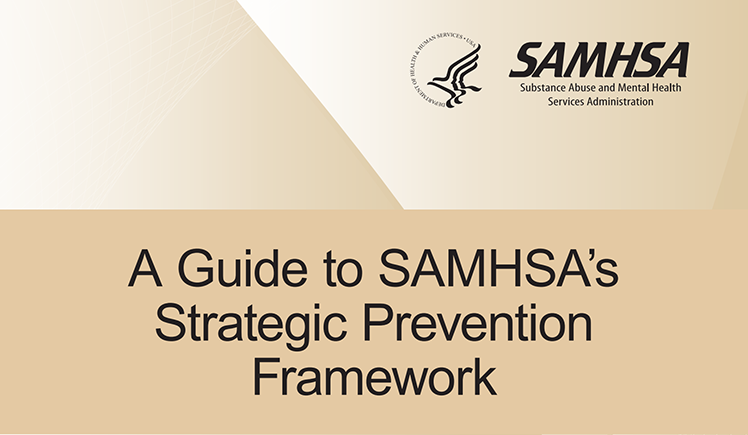Researchers utilized data from the Population Assessment of Tobacco and Health (PATH) Study to assess the effectiveness of e-cigarettes as smoking cessation aids. They found that the sale increases in high nicotine e-cigarettes in 2017 did not translate to more smokers using these e-cigarettes to quit smoking. On average, using e-cigarettes for cessation in 2017 did not improve successful quitting or prevent relapse.
Marketing messages can influence adolescents’ attitudes and behaviors toward alcohol and tobacco. In the era of legalized cannabis use, retail cannabis companies often use social media marketing on platforms popular among youth. The purpose of this study was to evaluate adherence to state-based regulations for restricted and required content across social media from recreational cannabis businesses.
Teenage drug, alcohol and nicotine use declined dramatically from 2020 to 2021, according to the U.S. National Institute on Drug Abuse’s (NIDA) annual Monitoring the Future (MTF) survey.
The findings are the result of a rigorous meta-analysis of eight review articles, published as a supplement to the journal, which synthesized the results of more than 160 studies on alcohol advertising and youth alcohol consumption.
A report published by JAMA Pediatrics indicates a potential shift in teen marijuana use preferences, from dried herb to cannabis oil products, which is how marijuana is ingested via e-cigarettes.
A study conducted by the National Institute on Alcohol Abuse and Alcoholism (NIAAA) grantee researchers presents findings on ideal opportunities to reduce college drinking and change drinking attitudes.
SAMHSA's evidence-based resource guide "Preventing Marijuana Use Among Youth," covers programs and policies to prevent marijuana use among youth aged 12 to 17 and provides considerations and strategies for key stakeholders, state, and the prevention workforce to prevent and reduce marijuana use among youth.
The Substance Abuse and Mental Health Services Administration (SAMHSA) has developed this guidance document, “Selecting Best-Fit Programs and Practices: Guidance for Substance Misuse Prevention Practitioners,” placing the selection of programs and practices within the broader context of evidence-based prevention. Specifically, it explores: the value of embedding program and practice selection in a strategic planning process; where to find information on programs and practices and how to choose among them; tips for adopting, adapting, and innovating programs and practices and for supporting their successful implementation and continual improvement at the local level. Supporting materials at the end of this resource provide additional information on these topics.
Open container laws require alcohol beverages to be sealed and stored out of the passenger area in vehicles. Griffin’s latest report provide legislative background to these laws and explains how they serve as an essential “countermeasure available to discourage drunk driving.”
The 2018 Hawai'i State Report primarily includes data from the calendar year 2017. The state legal data reflects the status of the law as of January 1, 2017. The state survey data was collected in 2017 and was drawn from the most recent 12-month period in which the states maintained the data.
This January 2021 newsletter provides information on Hawaii's Partnerships for Success project.
Alcohol use During COVID-19: COVID-19 has increased overall alcohol sales and consumption nationwide. This factsheet serves as an informational resource for prevention practitioners and coalition members to become aware of the latest trends within the field.
This rapid literature review was conducted to assess how the pandemic has impacted substance use, mental health, and behavioral health in general and specifically in the State of Hawai'i.
This monthly newsletter highlights the work and progress of the Hawai'i Strategic Prevention Framework Partnerships for Success Project, funded by the Alcohol and Drug Abuse Division of the Hawai'i State Department of Health.
Project venture is a Hawai'i Partnerships for Success Grant funded project. Program staff have created a weekly newsletter to stay connected with families and youth in their community.
Evidence-Based Resource Guide Series is developed for health care providers, systems, and communities seeking to prevent vaping. It describes relevant research findings, examines emerging and best practices, identifies knowledge gaps and implementation challenges, and offers useful resources.
This primer is a fundamental tool for prevention practitioners in understanding the basics of media literacy, identifying key concepts, and example of media literacy strategies.
This review looks at alcohol-related policies during the COVID-19 pandemic across all 50 states and the District of Columbia.
Tips For social distancing, quarantine, and isolation during an infectious disease outbreak.
A factsheet that provides information on general facts and myths about alcohol consumption and COVID-19.
Project venture is a Partnerships for Success Grant funded project. Program staff have created a weekly newsletter to stay connected with families and youth in their community.
A resource guide produced and published by the Drug Enforcement Administration, U.S. Department of Justice. The guide provides vital information about the harms and consequences of drug use by describing a drug’s effects, overdose potential, origin, legal status, and other key facts.
The fact sheet compiled by the Hawai‘i State Epidemiologic Outcomes Workgroup presents data over time in the State of Hawaii for four counties based on specific underage alcohol use indicators.
Injuries and deaths are associated with e-cigarettes and vaping
The Centers for Disease Control and Prevention (CDC) and health departments across the nation, including Hawai‘i, are investigating hundreds of lung and stomach injuries associated with the use of e-cigarettes and vaping products (also referred to as “vaping devices”). As of today, more than one thousand cases have been reported in 48 states, including 18 deaths reported in 15 states. One case has been reported in Hawai‘i involving a minor. [NOTE: For the latest updates on investigations into vaping-related illness in Hawaii, please visit the Disease Outbreak Control Division’s investigation page.]
The investigation of injuries and deaths associated with vaping is ongoing
No one type of vaping device has been positively identified as a common cause of the lung injuries and illnesses reported nationwide. In approximately 77 percent of the identified cases, patients reported using marijuana (THC) vaping products. Some patients reported vaping only nicotine products. Others reported some combination of nicotine and cannabis products. Many of the products used are believed to be sold on the street, over the internet, or were homemade. While the investigation is still ongoing, all the reported cases have a common history of vaping and include individuals of all ages with the majority between the ages of 13 to 34 years.
Download a PDF version of the public health advisory here.
Resources for Clinicians
Hawai‘i clinicians and medical providers looking for instructions on how to report possible vaping-related illness cases to the department should visit the Disease Outbreak Control Division’s clinician page. Resources, including the official medical advisory on vaping and the preliminary vaping case report form, are available along with appropriate phone numbers for additional assistance.
Additional Resources
For more information about ongoing investigations of vaping associated illness in Hawai‘i and additional resources for the public and clinicians, visit the Disease Outbreak Control Division’s investigation page. Get the latest updates on the national outbreak investigation from the Centers for Disease Control and Prevention (CDC) here.
Vaping prevention resources for parents and educators can be found at www.HawaiiNoVape.com.
This profile focused on drug use in Hawaii among youth and adults from 2011 to 2017. It presents information on the rates, patterns, and trends of drug use in a user-friendly format, designed to support assessment of needs and planning of prevention strategies.
This profile focused on alcohol use in Hawaii among youth and adults from 2011 to 2017. It presents information on the rates, patterns, and trends of alcohol use in a user-friendly format, designed to support assessment of needs and planning of prevention strategies.
This catalog aims to provide information on the effectiveness of environmental strategies for underage drinking prevention. The Hawai'i Evidence-Based Workgroup adopted this catalog with permission from the "Catalog of Environmental Prevention Strategies" developed by the Wyoming Survey & Analysis Center at the University of Wyoming. Adaptations included presenting policies and practices specific to Hawai'i, reassessing alcohol-related prevention strategies based on latest research, and adding two strategies.
This profile focused on drug use in Hawaii among youth and adults from 2011 to 2015. It presents information on the rates, patterns, and trends of drug use in a user-friendly format, designed to support assessment of needs and planning of prevention strategies.
This profile focused on alcohol use in Hawaii among youth and adults from 2011 to 2015. It presents information on the rates, patterns, and trends of alcohol use in a user-friendly format, designed to support assessment of needs and planning of prevention strategies.
This profile focused on alcohol use in Hawaii among youth and adults from 2007 to 2013. It presents information on the rates, patterns, and trends of alcohol use in a user-friendly format, designed to support assessment of needs and planning of prevention strategies.
This profile focused on drug use in Hawaii among youth and adults from 2007 to 2013. It presents information on the rates, patterns, and trends of drug use in a user-friendly format, designed to support assessment of needs and planning of prevention strategies.
This profile focused on the status and trends of youth alcohol use from 2011 to 2013 in the City and County of Honolulu, aiming to support planning and implementation of prevention and treatment programs.
This profile focused on the status and trends of youth alcohol use from 2011 to 2013 in the County of Kaua'i, aiming to support planning and implementation of prevention and treatment programs.
This profile focused on the status and trends of youth alcohol use from 2011 to 2013 in the County of Maui, aiming to support planning and implementation of prevention and treatment programs.
This profile focused on the status and trends of youth alcohol use from 2011 to 2013 in the County of Hawai'i, aiming to support planning and implementation of prevention and treatment programs.
This document provides tips for increasing sustainability.
This document provides basic guidelines to cultural competency.
This document includes the following tools: Things to Consider for Evaluation, Process Evaluation, and Summative Evaluation.
This document includes the following tools: When should you adapt?, How should you adapt?, Adaptation Guidelines, and Monitoring Implementation.
This document includes the following tools: 6 Planning Steps , Program Fit Checklist, Finding the Right Program, Sample Logic Plans, and Setting Priorities.
This document includes the following tools: Mapping Stakeholders, Reflecting on Capacity Building, Components of Capacity Building, and Facilitating Dialogue.
This document includes the following tools: SWOT Analysis, Mapping Capacity, and Capacity Inventory.
This fact sheet summarizes the Community Preventive Services Task Force (CPSTF) findings on what works in public health intervention approaches to prevent excessive alcohol consumption.
This users' guide provides ratings of effective alcohol policy strategies and interventions applicable to adolescents, young adults, and underage drinkers.
Local programs and coalitions can use this checklist when working with evaluators.
Use this checklist to identify the level or type of evidence an intervention program has.
This infographic provides guidance for public health professionals and communities on the most effective population-level interventions to prevent excessive alcohol consumption and related harms.
This infographic informs how environmental scanning of your community is a vital step in assessing how alcohol is viewed, and more importantly how youth are exposed to alcohol.
Since issuing a warning about fentanyl in June 2022, the Hawai'i Police Department has seen the recent arrival of rainbow fentanyl on the island, particularly in west Hawai‘i. It is commonly called rainbow fentanyl that comes in colored pill form that resembles candy. Check out this article for more details on fentanyl.
The Drug Enforcement Administration is advising the public of an alarming emerging trend of colorful fentanyl available across the United States. Since August 2022, DEA and law enforcement partners across 26 states have seized brightly-colored fentanyl and fentanyl pills dubbed “rainbow fentanyl.”
This toolkit provides essential tips for organizations to collaborate effectively with evaluators, covering selection, planning, and using results to enhance programs, emphasizing clear communication, realistic expectations, and a strong collaborative relationship.
This guide provides advice on selecting and implementing suitable evidence-based prevention and treatment programs, including choosing a program that aligns with the organization’s needs and outlines steps for successful implementation.
The Magenta Book is a guide for Hawaii’s mental health professionals, community leaders, and policymakers, focusing on integrating culturally appropriate services, collaboration, and community involvement to improve mental health outcomes.
This guidance document helps state and community planners use the Substance Abuse and Mental Health Services Administration’s (SAMHSA’s) Strategic Prevention Framework (SPF) to select evidence-based interventions that address local substance abuse needs.
This report outlines the impact of underage drinking in the U.S. and reviews federal and state efforts, including legislation and prevention programs. It highlights challenges and the need for continued collaboration to reduce underage drinking and its harms.
This evaluation tool is developed to guide project planning, documentation, reporting, program implementation, monitoring, and evaluation. This resource explains what a Logic Model is and how you can use it for program planning.
This tool explains how to use a Strengths, Weaknesses, Opportunities, and Threats (SWOT) analysis when looking at a community. It offers step-by-step instructions and practical examples.
This resource contains successful maternal and child health practices via the Best Practices program and Innovation Station database. It emphasizes strong design, evaluation, and quality improvement to help members implement evidence-based practices and achieve goals.
This tool provides a framework for communities to set prevention priorities based on five criteria: magnitude, impact, changeability, concentrated occurrence in a specific sub-population, and time lapse between behavior and consequence.
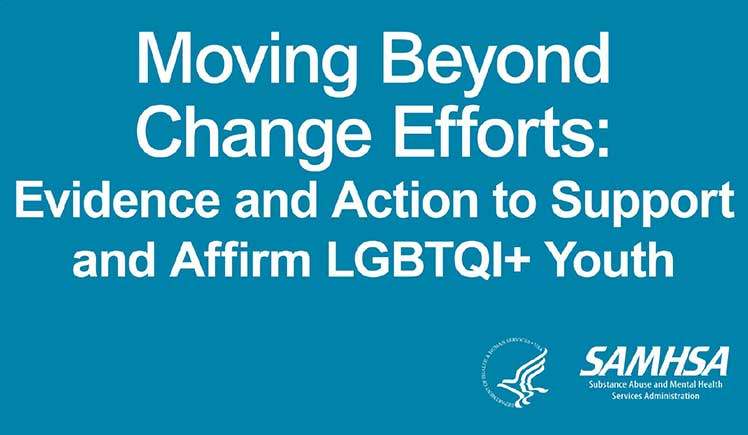 Moving Beyond Change Efforts: Evidence and Action to Support and Affirm LGBTQI+ Youth (SAMHSA, 2023)
Moving Beyond Change Efforts: Evidence and Action to Support and Affirm LGBTQI+ Youth (SAMHSA, 2023)
This report provides behavioral health professionals, researchers and policymakers with a comprehensive overview on effective and ineffective therapeutic practices for youth of diverse sexual orientation and gender identity.
Incorporating diversity, equity, and inclusion (DEI) considerations into all steps of the SPF process is important, and these resources can help assist you in your work.
A pilot study aims to explore parental influences on substance use resistance in rural Hawaiian communities to develop culturally relevant prevention programs. The study emphasizes the crucial role of family in shaping youth behaviors and the need for culturally tailored interventions to address health disparities.
The article explores the implementation of the Ho‘ouna Pono drug prevention program in rural Hawai‘i schools, using concept mapping to identify barriers and facilitators. By engaging educational leaders, the study aims to develop tailored strategies for sustainable prevention efforts, addressing health disparities among Native Hawaiian and Pacific Islander youth.
The United Nations Office on Drugs and Crime (UNODC) Youth Initiative published nine factsheets designed to dispel myths and provide clear, factual information about substance use to support prevention efforts. Below are some selected examples of the myths addressed, along with links to the corresponding factsheets:
Myth 1: Cannabis is Harmless
Myth 3: Everybody is Using Drugs
Myth 7: Using Drugs Helps You to Feel Good and Relaxed
Myth 9: Smart Drugs Fuel My Brain and Boost My Academic Performance
The CDC analyzed data from the Youth Risk Behavior Survey to study changes in substance use among high school students before and during the COVID-19 pandemic. The report highlights the need for tailored, evidence-based prevention programs to further reduce adolescent substance use.
This guide aims to inform behavioral health practitioners and other interested parties and stakeholders about the process of culturally adapting evidence-based practices for under-resourced populations. It is applicable to any EBP in behavioral health, including prevention, treatment, and recovery practices for substance use and mental health.
This profile identifies substance use patterns, trends within defined geographic areas, and supports the development and implementation of comprehensive, evidence-based prevention efforts. It included Hawaiʻi data from 2018 through 2023, with a focus on the years 2020 to 2023.
This updated resource guide builds on the 2006 PANTA School Resource Guide, expanding its topic areas to address current needs. The curricula featured in this section include definitions of emerging, promising, and best practice programs, selected for their favorable evaluations and potential for replication.
This guide outlines SAMHSA’s five-step Strategic Prevention Framework (SPF) for planning and implementing effective substance misuse prevention strategies. It emphasizes data-driven decision-making, cultural competence, and sustainability, making it a valuable resource for coalitions, practitioners, and community leaders.

